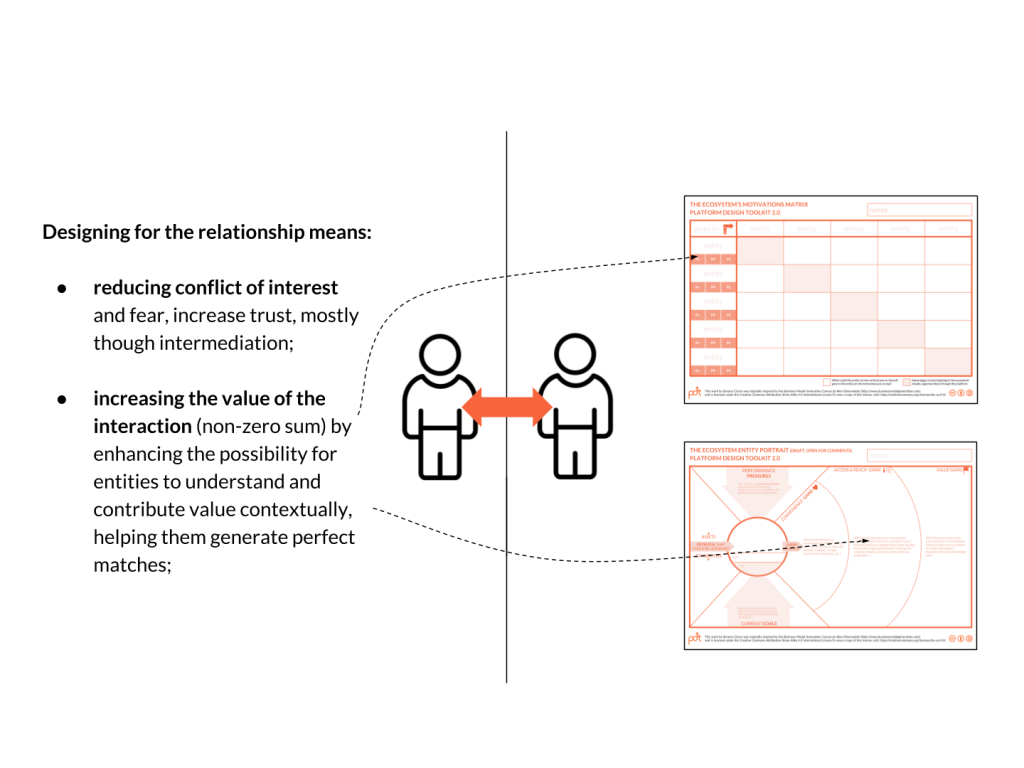Social entities encompass a sophisticated web of individual connections, associations, and interconnectedness that collectively type the cloth of societies. At their key, the concept of social entities acknowledges that people do not occur in solitude; somewhat, they’re important aspects of a broader network designed by social, familial, and societal factors. This complicated tapestry of associations runs beyond mere particular relationships, encapsulating the various organizations, areas, and institutions to which people belong.
Knowledge social entities involves delving to the dynamics of human interaction and the reciprocal impacts that shape behavior, values, and values. These entities range between little, romantic circles such as families and friend groups to bigger societal structures like academic institutions, workplaces, and national organizations. Each social entity represents an original role in shaping an individual’s personality and influencing their worldview.
The exploration of social entities often involves learning the combined norms, rituals, and shared activities that join persons together. These entities offer as programs for socialization, providing contexts wherever persons understand, collaborate, and establish a feeling of belonging. In essence, cultural entities would be the blocks of areas, adding to the synthesis of combined identities and the transmission of social heritage across generations.
As cultural beings, individuals understand a complex interplay of relationships within these entities, fostering a sense of neighborhood, help, and distributed purpose. The associations formed within cultural entities donate to the development of cultural capital—an invaluable resource that facilitates cooperation, venture, and over all societal well-being. From the microcosm of particular friendships to the macrocosm of global systems, cultural entities shape the way in which people perceive themselves and their tasks in the broader human tapestry.
Furthermore, social entities aren’t fixed; they evolve over time, showing societal changes, scientific advancements, and shifting social landscapes. The interconnected nature of cultural entities becomes particularly apparent in the electronic age, where on the web communities and virtual communities amplify the number of choices for connection and influence.
The research of social entities is multidisciplinary, pulling ideas from sociology, psychology, anthropology, and other fields. Scientists examine topics such as social identity theory, social networks, and party character to solve the elaborate styles of individual association. By analyzing the structures and functions of cultural entities, scholars get a further comprehension of Dich vu Entity styles, collective behaviors, and the affect of social entities on specific well-being.

In conclusion, cultural entities function since the foundational aspects of individual groups, encompassing the intricate relationships and networks that bind people together. The exploration of the entities involves delving to the makeup of human conversation, knowledge the influences that shape our identities, and realizing the vital position they enjoy in fostering a feeling of community and belonging. As our understanding of cultural entities remains to evolve, it offers important insights in to the complexities of human associations and the ways by which we collectively form the entire world we inhabit.
